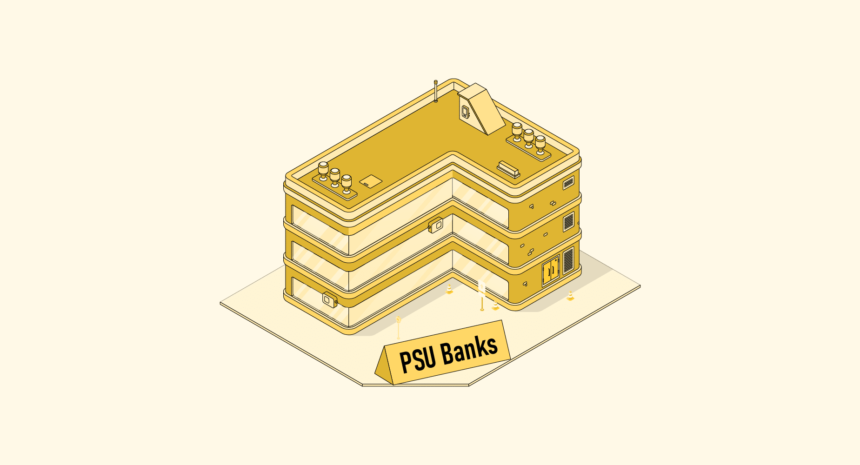As we get closer to the Q2FY25 results, there’s a lot of buzz around Public Sector Undertaking (PSU) banks in the stock market. They had a strong first quarter, and now everyone’s wondering if they can keep up the pace. Read this article to know more about what might be in store for these banks in Q2 of FY 2025 in various aspects.
Revenue Growth
During Q1FY25, PSU banks experienced notable revenue growth, due to rising credit demand and better asset quality. Looking ahead to Q2FY25, there’s optimism that this trend will persist.
Analysts forecast that increased loan disbursements in the retail, MSME, and agriculture sectors could further drive revenue. Additionally, the seasonal increase in credit demand that usually occurs in this quarter may help revenue numbers even more.
However, competition from private banks remains intense. To maintain their current growth trajectory, PSU banks would need to harness their broad reach and government-backed initiatives such as the Pradhan Mantri Jan Dhan Yojana and different lending packages.
Asset Quality
Asset quality will be a major focus for PSU banks in Q2FY25. The majority of banks reported a decrease in Non-Performing Assets (NPAs) in quarter one. The market expects this trend to continue. Improved asset quality is anticipated as banks successfully address bad loans through the Insolvency and Bankruptcy Code (IBC) process and recover previously written-off funds.
Analysts expect that the Gross NPA ratios for most PSU Banks will show a slight decline compared to the previous quarter. For example, the State Bank of India (SBI) is expected to report a lower gross NPA from 2.21% in Q1FY25. Investors tracking PSU bank stocks should keep an eye on these trends via their demat accounts.
Net Interest Margin (NIM)
For many PSU banks, profitability depends on NIM. Analysts predict that banks may experience pressure in Q2FY25 if there is an increase in RBI’s generally stable interest rate policy. This is because lending rates may rise more quickly than deposit rates.
During Q2FY25, PSU Banks might face some pressure on their Net Interest Margins (NIMs). For instance, Bank of Baroda’s NIM could see a slight dip from its 3.18% figure in Q1FY25. Despite this, the overall profitability of these banks is likely to remain stable, supported by higher treasury gains and fee income.
Capital Adequacy
Capital adequacy will be closely watched in the quarter two. With the RBI’s Basel III norms pushing banks to maintain higher capital buffers, PSU banks might need to raise additional capital to meet regulatory requirements. In Q1FY25, several PSU banks showed improved capital adequacy ratios, but the sustainability of these levels will be tested as credit demand picks up.
The government’s role in capital infusion will be pivotal. If the government steps in with capital support, it could boost the lending capacity of these banks, thereby supporting economic growth. Investors will be keen to see if any announcements in this regard are made during Q2FY25.
Operational Efficiency
PSU banks have been focusing on improving operational efficiency to boost profitability. In Q2FY25, cost-to-income ratios will be closely monitored. Banks that have invested in digital transformation and branch rationalization are expected to report better efficiency metrics.
Key Metrics to Watch for PSU Banks
The below table summarizes the trends to watch out for:
| Metric | Expected Trend in Q2FY25 | Potential Challenges |
| Revenue Growth | Strong, driven by credit demand | Competition from private banks |
| Asset Quality | Improvement in NPAs | Rising interest rates, stressed assets |
| Net Interest Margin | Slight pressure | Deposit rate hikes |
| Capital Adequacy | Stable, possible capital infusion | Regulatory requirements |
| Operational Efficiency | Improved cost-to-income ratios | Managing festive season volumes |
Conclusion
Q2FY25 results will be key for investors to gauge the health of PSU banks. Those with strong revenue growth, stable NIMs, and improving asset quality are likely to attract investor interest. However, potential risks such as rising interest rates and competition from private banks should be considered when evaluating these bank stocks for investing.






